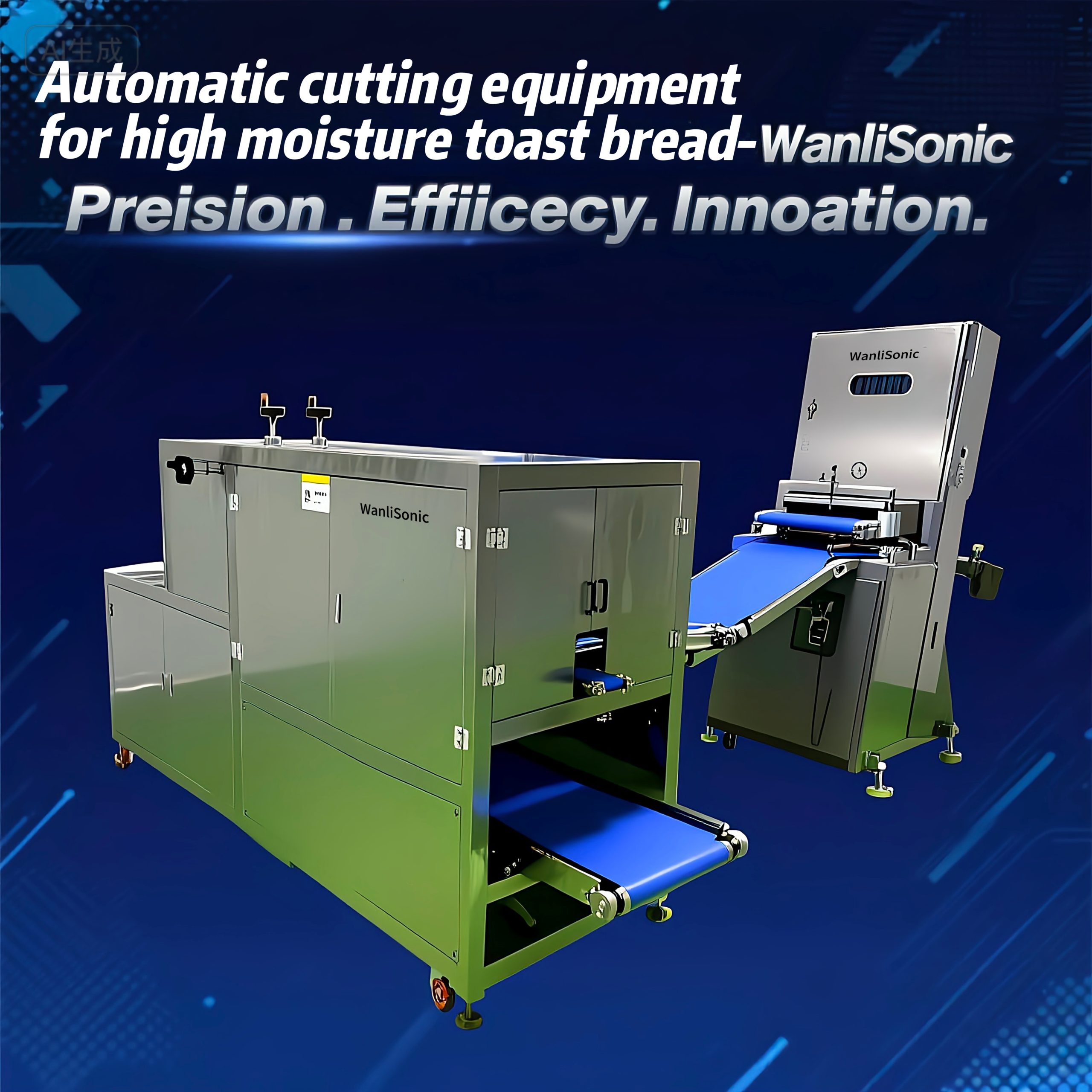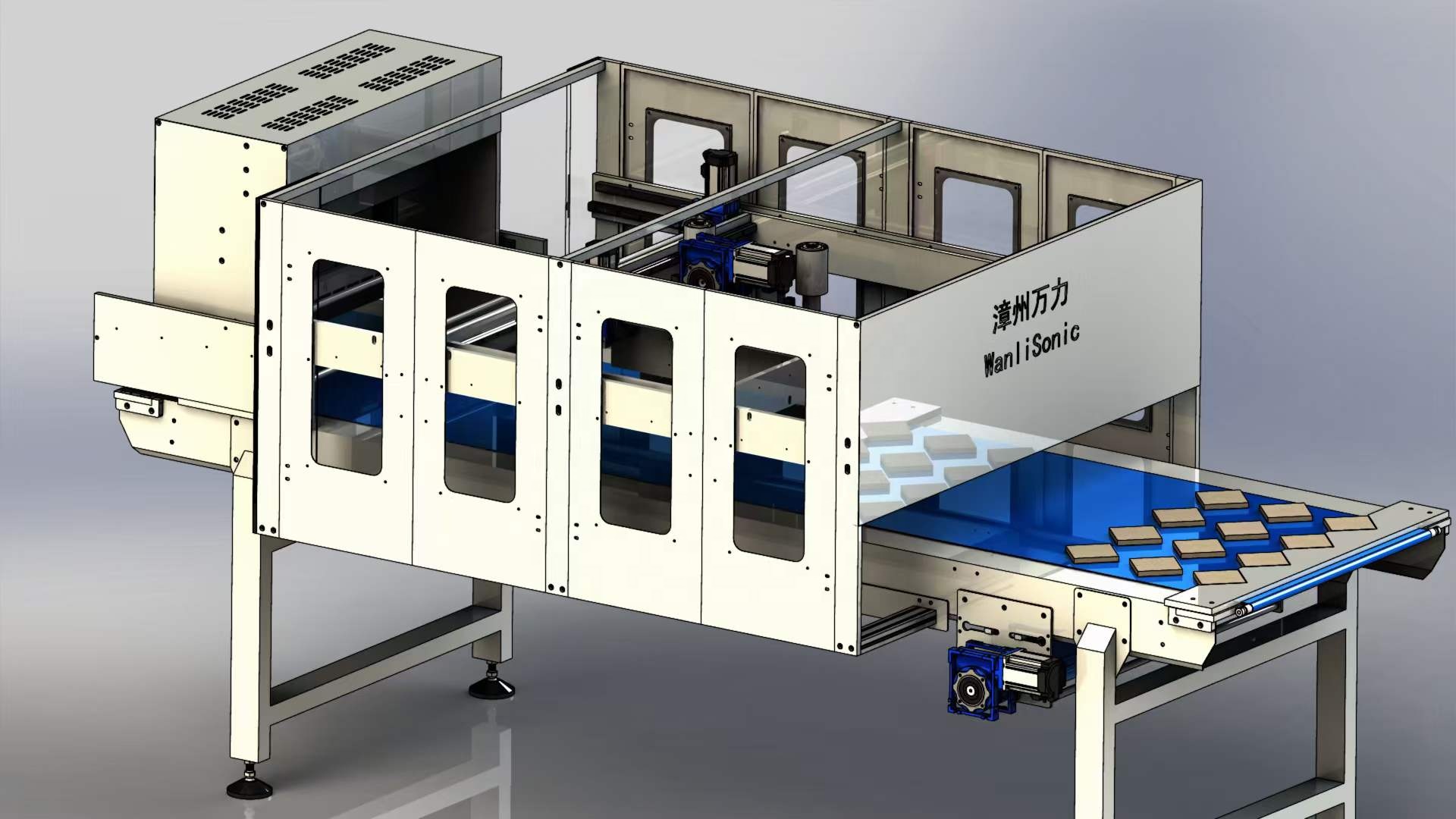The cleaning principle of ultrasonic cleaning is mainly due to the introduction of ultrasonic vibration in the cleaning liquid, which causes “cavitation” in the cleaning liquid. The powerful mechanical force generated by “cavitation” peels off mechanical impurities and various contaminants attached to the workpiece. Ultrasonic cleaning not only has cavitation effect, but also accompanied by more complicated physical and chemical effects.
The so-called “cavitation” refers to the sparse and dense state when the alternating sound pressure of ultrasonic waves propagates in the liquid. In the dense state, the liquid is subjected to positive pressure (about a few atmospheric pressure), while in the sparse state, the liquid is under tension or negative pressure. Generally, the liquid contains a certain amount of gas. In the sparse state, the bubble grows and absorbs more The gas decomposed in the liquid; when recompressed, the bubbles continue to shrink. During this process, the movement of the liquid particles is inversely proportional to the gradually decreasing bubble radius. Therefore, when the radius approaches zero, the speed of mass movement should theoretically approach infinity. If this rapid motion suddenly stops when the bubble is closed, the kinetic energy concentrated in the tiny volume will be released, partly becomes heat energy, partly becomes compression energy. At this time, a spherical shock wave propagates outward from the center of the closed bubble. At this point, the pressure is thousands of atmospheres. If the ultrasonic frequency is 20KHz, this cavitation will occur 20,000 times per second. Therefore, it is not difficult to understand that ultrasonic waves have strong cleaning ability.



